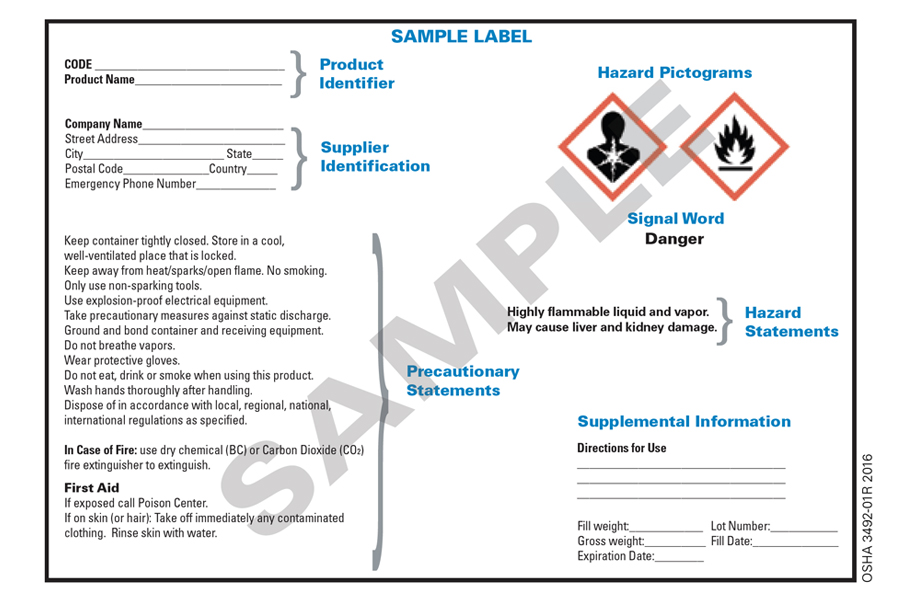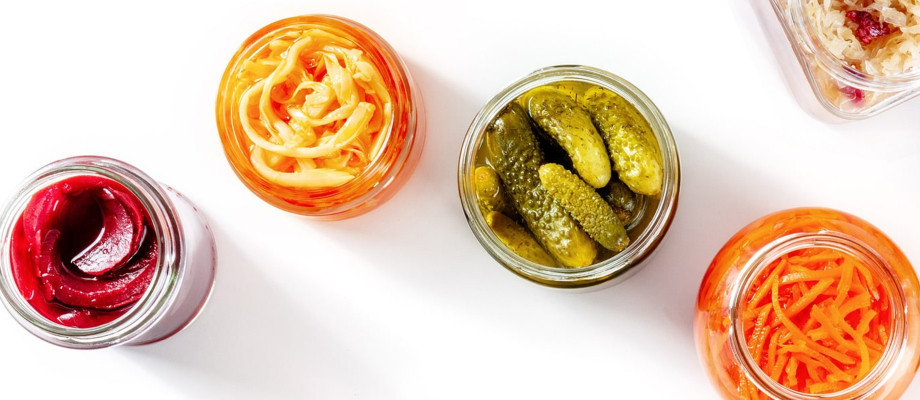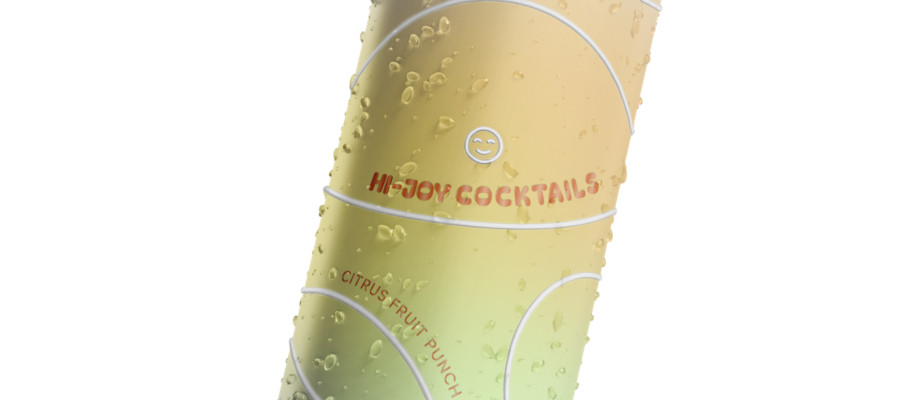GHS-compliant labels and cost-effective GHS label printing

The Occupational Safety and Health Administration (OSHA) has adopted a new regulatory standard affecting all chemical labels. The old Hazard Communication Standard (HCS) is being replaced by the UN’s Globally Harmonized System (GHS). As of June 1, 2015, all manufacturers became subject to the regulations, and on December 1, 2015, all distributors will only be able to supply chemicals with GHS compliant labels.
This new labeling system standardizes international regulations of all chemical labels, reducing confusion and providing clear guidelines for users of chemical products.
Transitioning from HCS labels
In 1994, OSHA enacted the HCS system to protect workers handling hazardous chemicals. It required containers holding hazardous chemicals to have labels with product identifiers and hazard statements for each hazardous chemical.
Until 2015, producers could use blank thermal-transfer labels or direct-thermal labels to print this product and hazard information. Simple, black and white print runs could meet all HCS regulatory requirements.
Companies could also order pre-printed color labels that included Hazardous Materials Identification System (HMIS) boxes then add their products’ ratings for Health, Flammability, Reactivity and Personal Protection.
New requirements to print GHS compliant labels
Now, GHS requirements and OSHA call for additional and more specific safety information. For answers to FAQs, visit the OSHA site on GHS compliant labels. We’ll explain the basics in this post. There are six core parts that must be included in any hazardous chemical label:
- Product Identifier
- Signal Word
- Hazard Statements
- Precautionary Statements
- Supplier Identification
- Pictograms

Image from OSHA Guide to GHS
The updated regulations call for nine standardized warning symbols (pictograms) to cover a range of hazards. Your label must include the appropriate symbols as determined by the hazards of the chemical you manufacture or distribute. This chart from OSHA shows you what hazards the different symbols cover.
The new GHS standards require all pictograms to have a red diamond border, and each diamond must contain one, and only one, symbol. As a result, the required label printing process has changed for many chemical labels. Many brands that used one design template for multiple chemical products now need a separate template for each product. And if you’ve used a black and white label in the past, you’ll now need a solution for adding red borders into your labels.
Cost-effective ways to procure GHS labels
We can cost-effectively print GHS compliant labels one of two ways:
- Thermal transfer black and white printing with pre-printed GHS compliant labels
- Two color printing starting with blank labels
Thermal transfer black and white printing with pre-printed GHS labels
In this method, we start with pre-printed labels that come with red diamonds, then, we print black text, images and pictograms within the diamonds. It’s fast and offers flexible options, including low-cost paper and durable film or even specialty label adhesives and stock materials if you need them to stand up to certain chemical products. The downside is you’ll need to maintain an inventory of pre-printed labels with us and ensure ahead of time that you order the correct diamond configurations. But we offer label inventory management and can help mitigate this issue.
This is a great option if you have a small number of SKUs and your products use a uniform size and format. It’s great for a specialty custom label too.
Two-color digital and flexographic printing
We can start with a blank label and print with both black and red. We send pre-defined label formats to the printer using our cutting-edge label technology, allowing us to add any pictogram. Using this method allows us to reduce your inventory costs, since there’s no need to carry pre-printed labels. It provides rapid printing. And it allows us to use any label material and adhesive for any chemical application. Due to the need for multi-color printing, this method is both more time intensive and more expensive in large runs than one-color thermal transfer with pre-printed labels.
But, it offers great flexibility. Particularly, if we use digital printing, smaller runs with many SKUs (product and label variations) become feasible. And we offer multi-color flexographic printing to reduce costs for large orders of one label format.
More about Resource Label Group
At Resource Label Group, we provide consultative solutions and dedicated service throughout the label process. Our experienced team is here to help you get the perfect label for your brand, budget and product. To get a GHS compliant label solution, or for assistance with any label question, fill out the form below and request a consultation with one of our knowledgeable label professionals. Or, call us at any of our locations.
Find the best solution that makes the most sense for your brand.
Tags:


